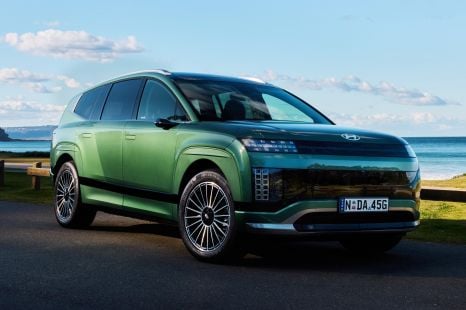

Josh Nevett
2025 Hyundai Ioniq 9 review
4 Days Ago
Swiss technology company WayRay has created its first concept car called the Holograktor that's centred around its AR technology.

Contributor


Contributor
Swiss technology company WayRay has revealed its Holograktor concept car, claimed to be the world’s first car with holographic augmented reality (AR) glazing.
Known as the ‘Metaverse on Wheels’, the Holograktor is said to revolutionise the idea of ride-hailing services according to the company.
This is the first concept vehicle the Swiss technology company has created with WayRay designing and developing all of its AR technology in-house.
The entire car was designed to showcase this technology, and every passenger in the three-seater concept has access to this through several head-up displays and joysticks for gaming and interaction.
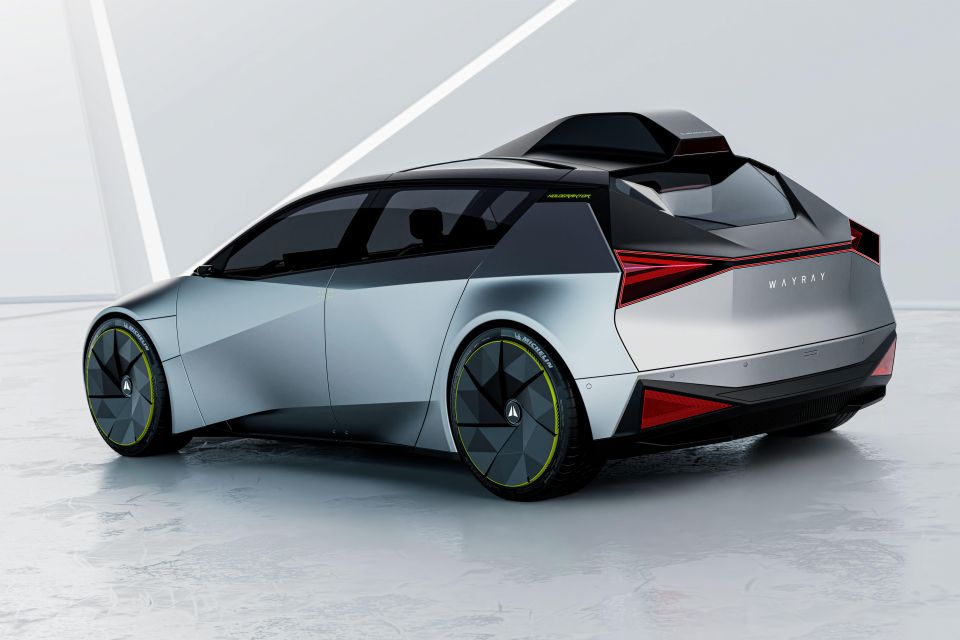
The Holgraktor has a claimed 0-100km/h sprint time of 3.9 seconds and a top speed of 200km/h, although WayRay doesn’t say how powerful the Holograktor is or how many electric motors it has.
It also has a claimed electric range of more than 600km, although again it doesn’t say what type or size the battery pack is.
The Holograktor measures in at 2129mm wide, 1582mm tall, and 4415mm long with a 2880mm wheelbase. That makes it 279mm shorter than a Tesla Model 3, albeit with an almost identical wheelbase.
The concept’s exterior design has a similar crossover silhouette as the Kia EV6 and was designed by Sasha Selipanov.
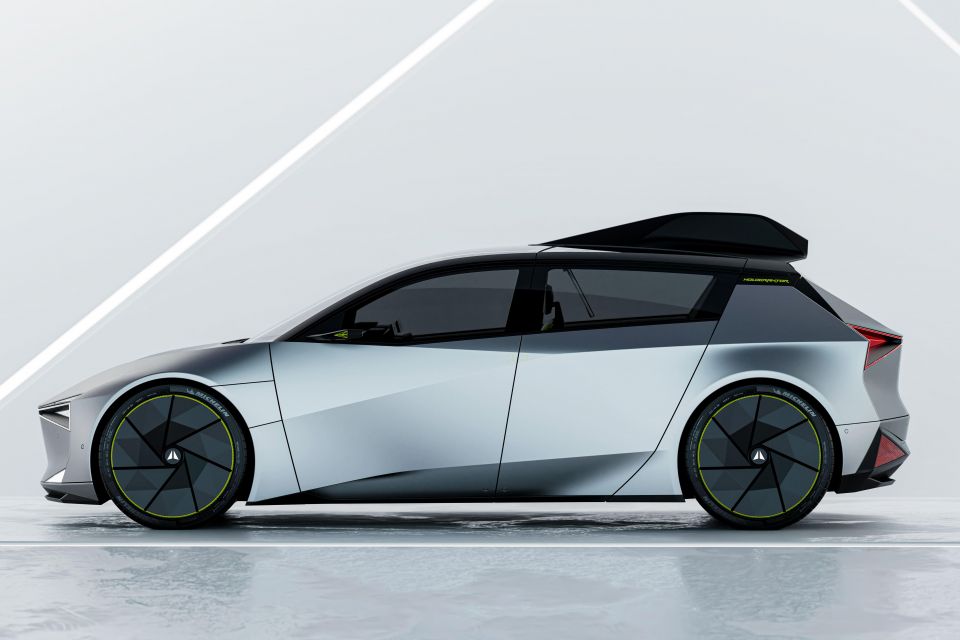
Selipanov is best known for his design work on the Lamborghini Huracán, Genesis Essentia concept, Bugatti Chiron, and the Koenigsegg Gemera.
The Georgian designer came to work on the Holograktor project through an Instagram message from the company’s founder and CEO, Vitaly Ponomarev.
“I saw a message from Vitaly on Instagram in my inbox that said ‘Hey! Would you like to catch up and brainstorm a potential collaboration?” said Mr Selipanov.
The Holograktor has a futuristic aesthetic with triangular design elements throughout.
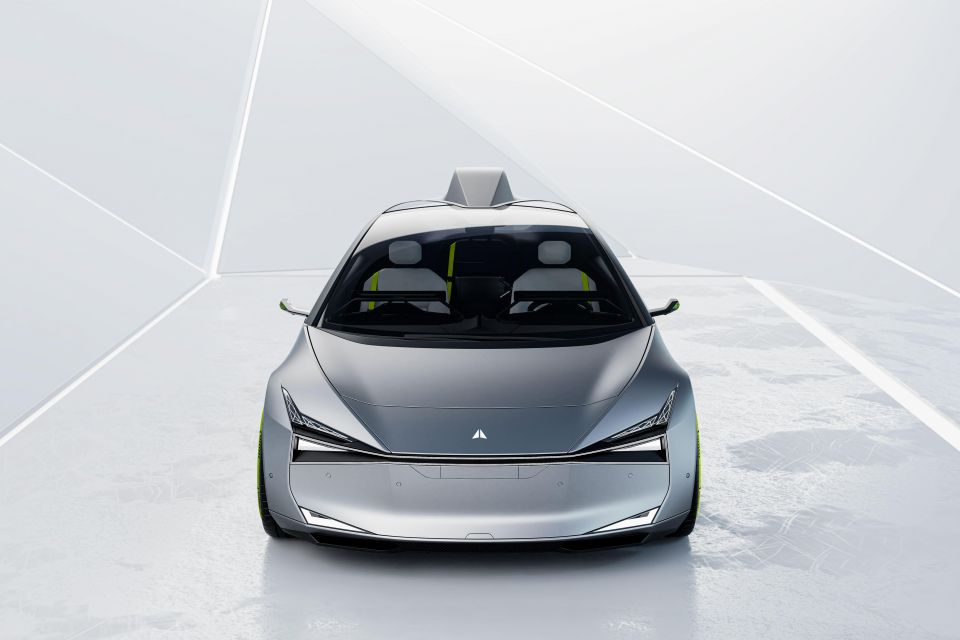
A light bar runs across the whole front of the vehicle and houses laser headlights.
The bonnet of the Holograktor is quite short which in turn maximises the amount of space the passengers have inside the cabin.
The concept rides on 22-inch wheels with a triangular aero design and an orange accent line, and are wrapped in Michelin tyres.
The front doors open upwards similar to Aston Martin’s swan doors that feature on many the DB11, Vantage and Vulcan, among others.
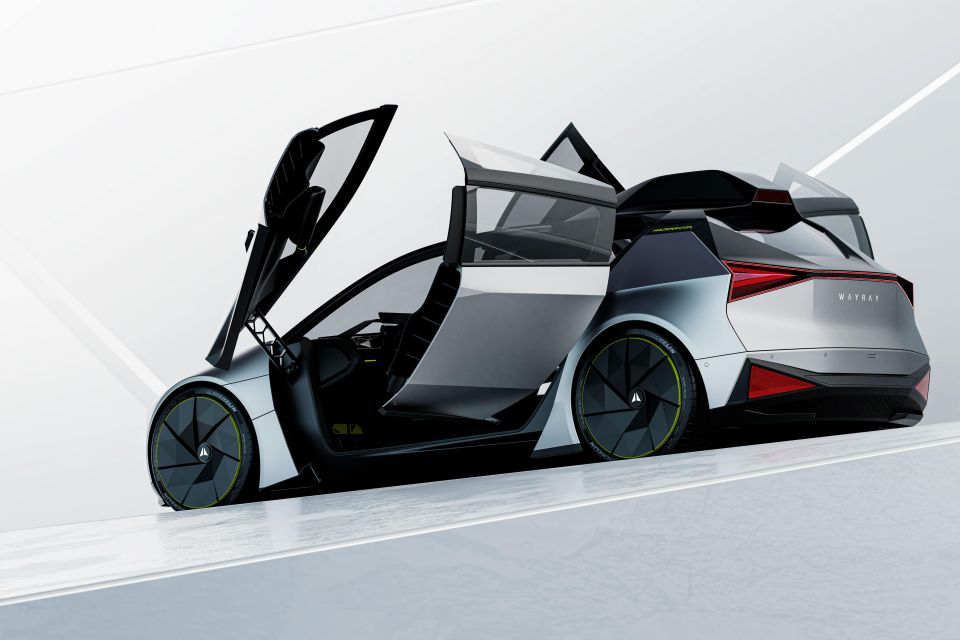
The rear doors on the other hand are suicide doors that contain part of the roof.
WayRay has designed the doors this way for passengers to step in and out of the vehicle as easily as possible.
At the top of the vehicle is what appears to be a roof pod but in reality is a housing for WayRay’s augmented reality computer called ‘The Shrimp’.
“It’s a unique selling point, and I think it makes sense to celebrate things that are unusual,” said Mr Selipanov.
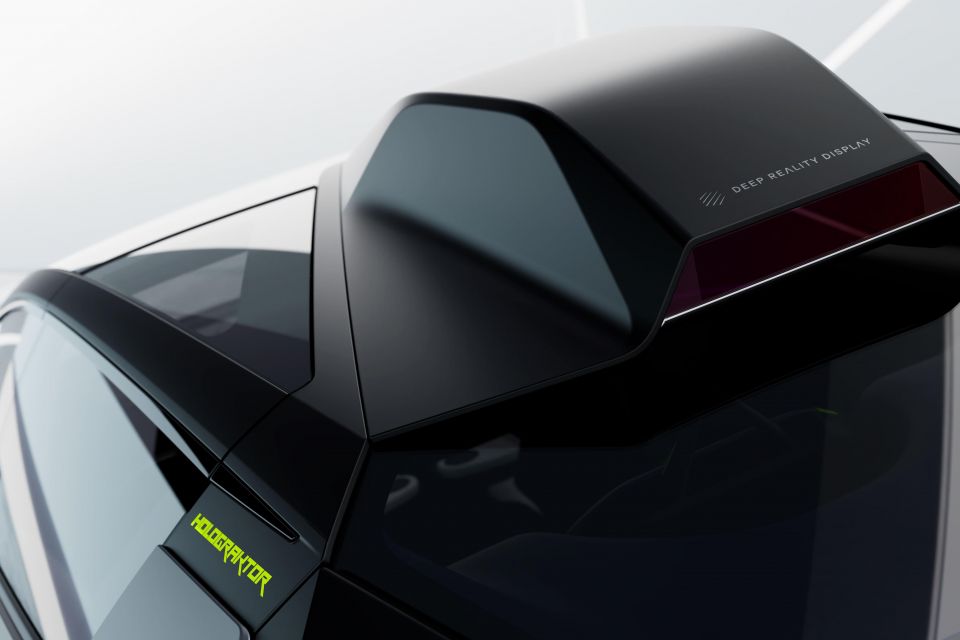
It is where it is because packaging and ergonomic constraints led the design team to place it on the roof.
The rear of the Holograktor ties the exterior design together by replicating a similar design cue for the rear light bar as the front, as well as countless triangular elements.
“We wanted to create a visual language for WayRay that took Russian constructivism as the base,” said Mr Selipanov.
Inside the Holograktor is where the design is taken up another notch.
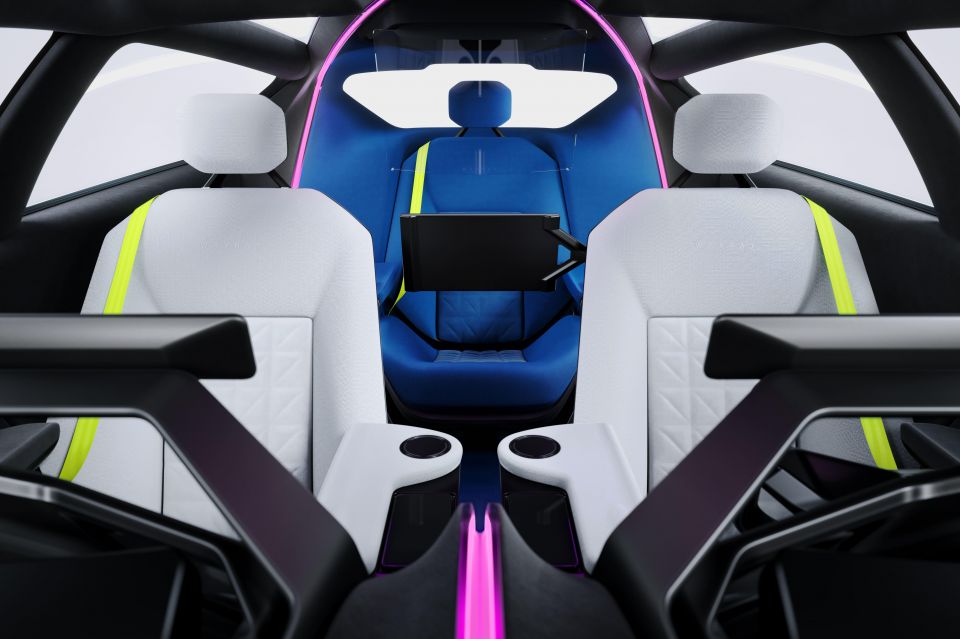
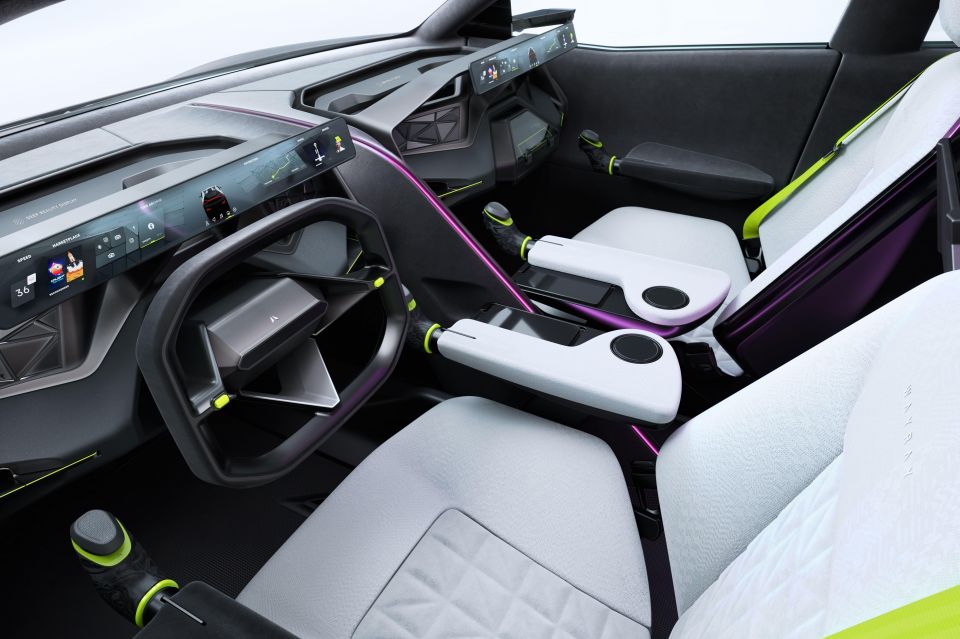
The seating layout of the concept is a 2+1 with the front two seats pushed apart as much as possible to allow more space for the third passenger in the singular rear seat.
“We have 500mm between the centre of the driver’s seat the centreline of the car, which is about 100-150mm more per side than any normal passenger car would have,” said Mr Selipanov.
The singular rear seat was inspired by data collated by the company that showed more than 80 per cent of Uber trips were only for one person.
Another interior feature of the Holograktor is it can be driven either conventionally or remotely through a 5G and satellite internet connection by a “qualified driver”.
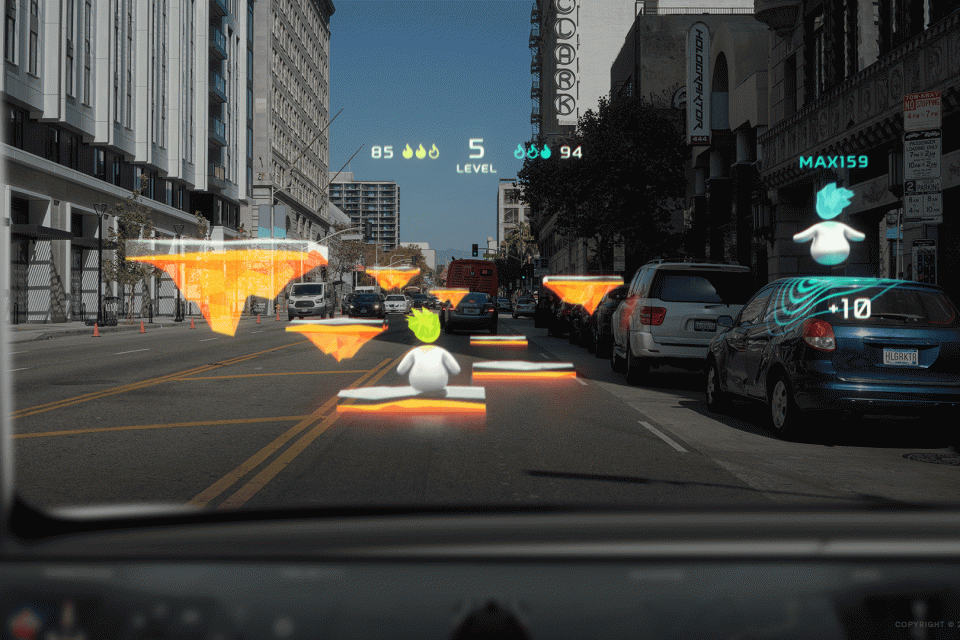

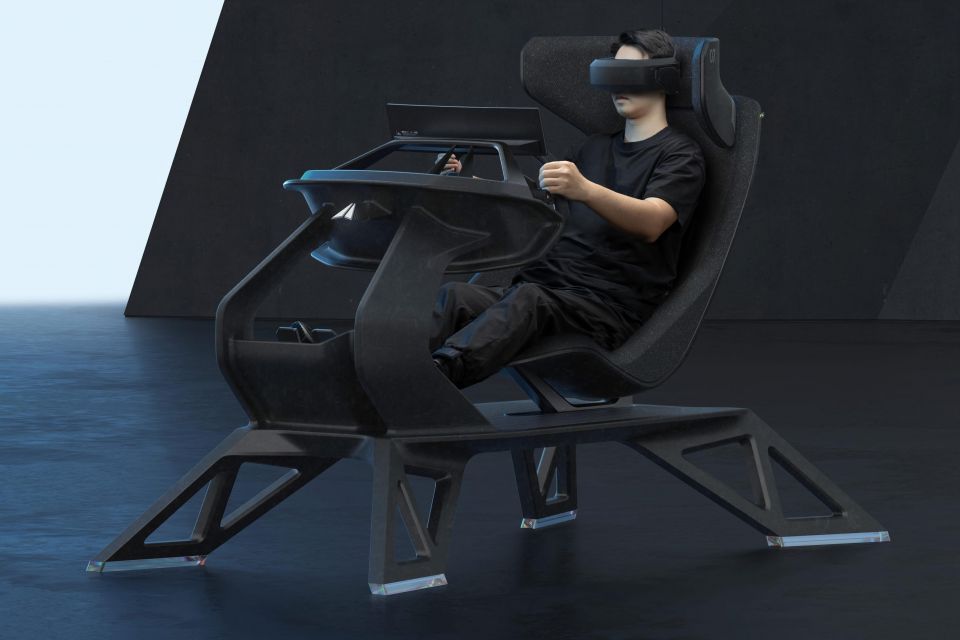
These remote drivers can drive the Holograktor through a specially-designed rig that relays the car’s cameras, sensors, radar and mapping feeds.
When in this mode the steering wheel folds into a cavity in the dashboard allowing for passengers to relax and experience WayRay’s AR technology.
Every passenger in the Holograktor is separated by a blade of airflow from the company’s in-house-designed ‘AirKnife’ technology.
This is said to prevent air particulates caused by talking or sneezing from moving around the cabin and allows passengers to be in their own little bubble.
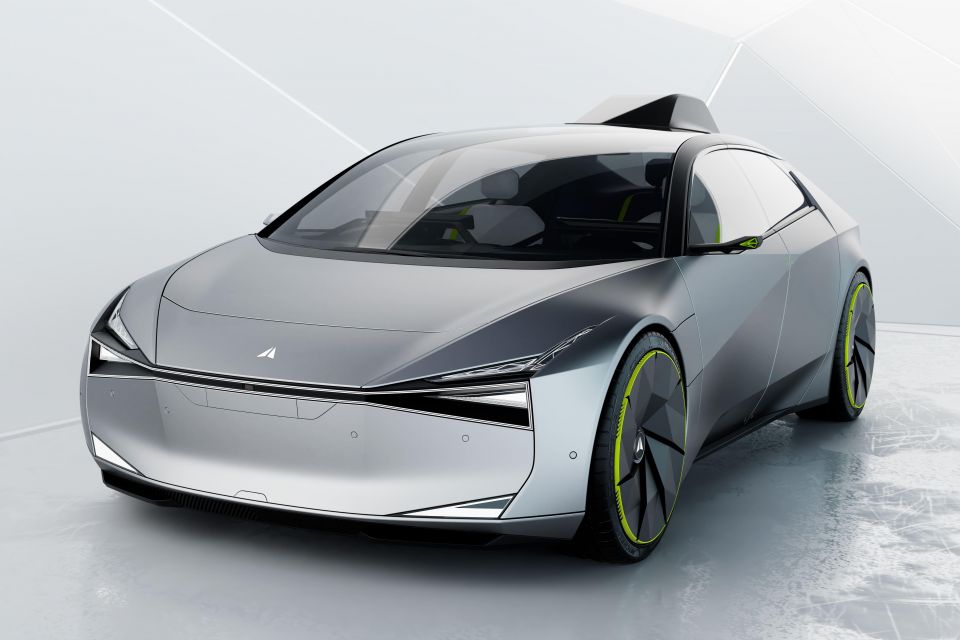
The Holograktor is still being assessed for market feasibility according to the company.
“My ambition is to release this car four years from now and make it homologated,” said Mr Ponomarev.
“That depends very much on the perception of the market.”
Click the images for the full gallery
Jack Quick is an automotive journalist based in Melbourne. Jack studied journalism and photography at Deakin University in Burwood, and previously represented the university in dance nationally. In his spare time, he loves to pump Charli XCX and play a bit of Grand Theft Auto. He’s also the proud owner of a blue, manual 2020 Suzuki Jimny.


Josh Nevett
4 Days Ago
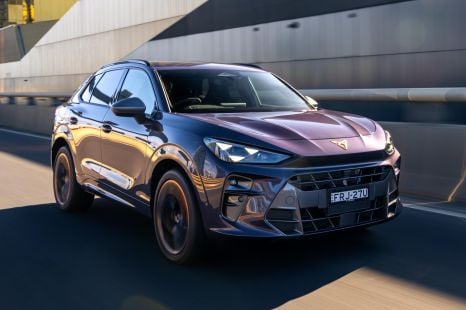

James Wong
4 Days Ago


Max Davies
4 Days Ago
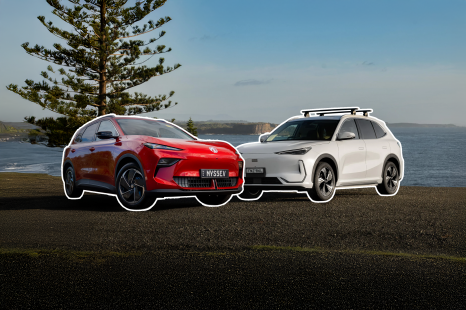

Andrew Maclean
3 Days Ago


Max Davies
2 Days Ago
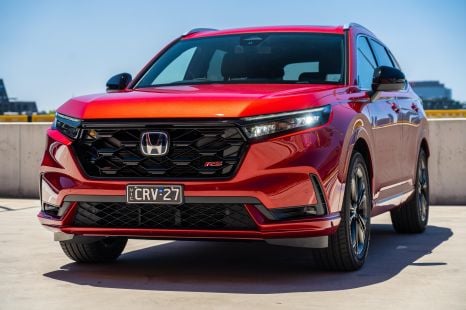

Damion Smy
7 Hours Ago